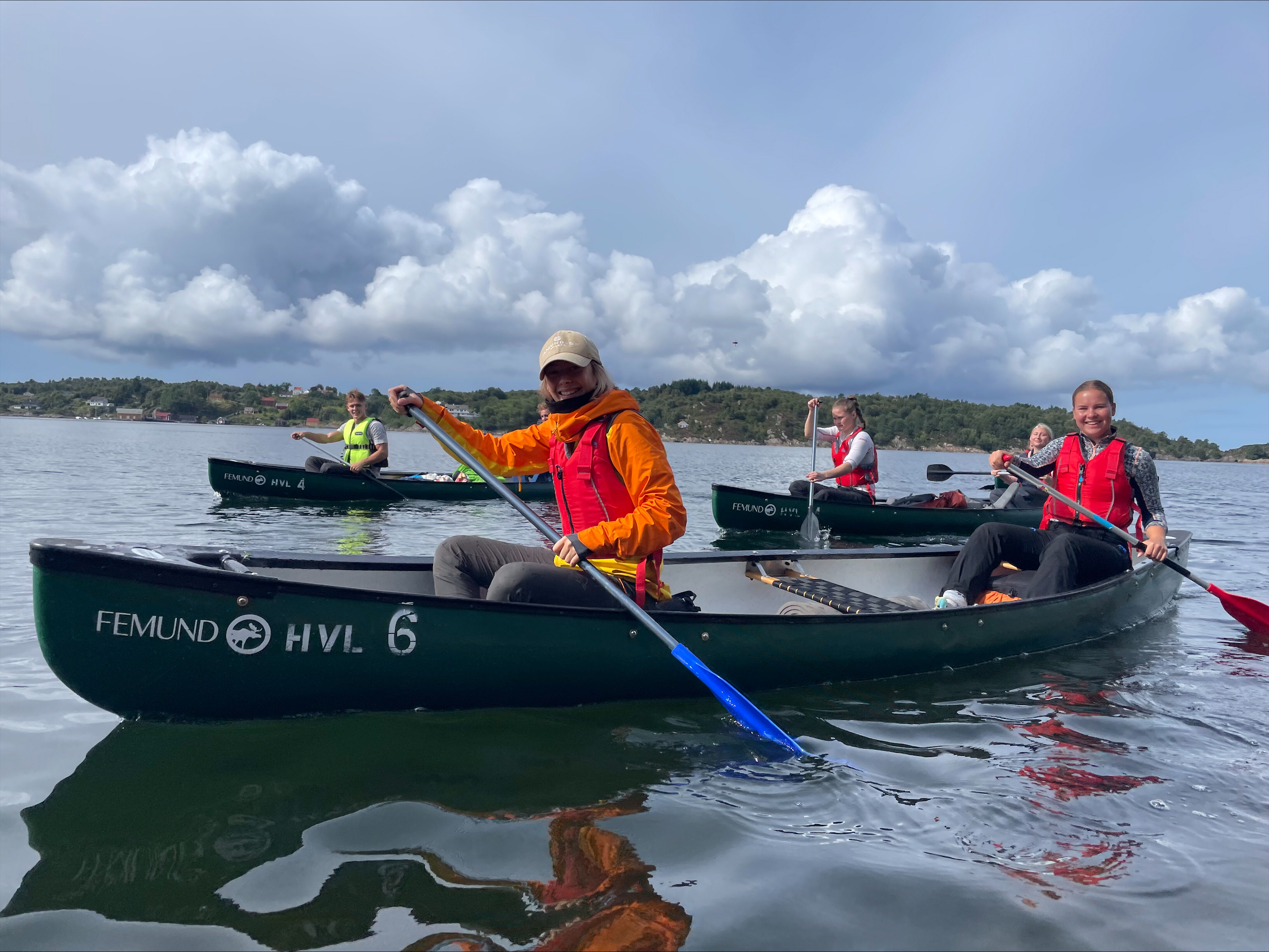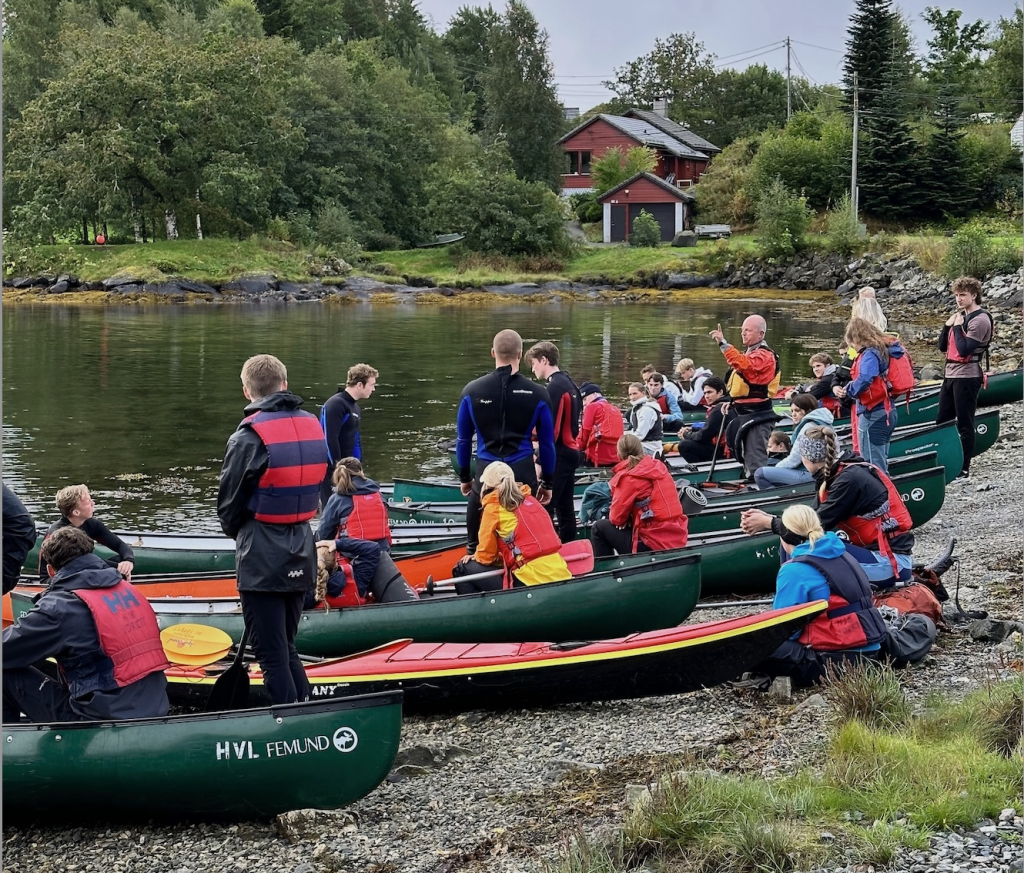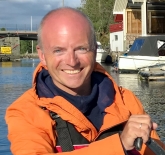Sharing Teaching Experiences: The Benefits of International Teacher Education Partnerships

Two teacher education programs, Western Norway University of Applied Sciences (HVL) in Bergen, Norway and Mount Royal University (MRU) in Calgary, Canada, have been collaborating in the field of Physical and Outdoor Education in teacher education. The partnership between the two institutions received funding back in 2019 from NOTED (Norwegian Partnership Program for International Teacher Education) to increase student exchange opportunities, collaborate on faculty research, and strengthen international partnerships. A strength of this partnership is the robust relationship that has been built between institutions. This relationship has allowed undergraduate students or pre-service teachers (PSTs) to more easily exchange, staff and faculty to learn about international contexts, and has created a space for innovative pedagogical ideas and future thinking.
A series of three articles will refer to the Outdoor Education Partnership and is authored by three teacher educators: Torbjørn Lundhaug, Helga Aadland, both from Western Norway University and Shannon Kell of Mount Royal University. The articles are useful to those in the PHE field(s) in schools and in higher education to demonstrate how there is much to learn from looking beyond our own borders.
This learning takes work and commitment but has fantastic payoffs in terms of professional development, practice and pedagogy, philosophies of learning and teaching, and friendships. In this first article of the series of three, Torbjørn shares reflections of hosting an international colleague in his teacher education classes and of being a guest in a class while visiting abroad.
Staff exchange outcomes
There is so much to learn and gain from going on a staff exchange. By being an outsider invited into others’ classrooms or including outsiders in your classroom, you can get new ideas for teaching and organizing lessons. For example, learning what is common pedagogy in another country can be very different and unique for your own context. What we take for granted and assume as ‘normal’ in our own teaching is brought to the forefront through pedagogical conversations with colleagues from other countries who observe our teaching. These experiences build on important educational values such as having transparency in the classroom and viewing your school as always in a learning process.
My staff exchange experience: An outsider in an MRU classroom
During a faculty/staff exchange to MRU in Canada in the fall of 2022, part of the 10 day visit included observing teaching and learning in various contexts; I was invited to observe a teacher education class taught by our partner, Shannon Kell, where two of our HVL exchange students were present as well. The course was about how teachers can strengthen well-being for themselves, their students/classrooms, and their school community. In the weeks prior, PSTs discussed and explored different strategies they can employ related to well-being, such as aesthetic work with art and craft, and using this in their own teaching. The students were then asked to write a short report in which they would reflect on their experiences with the various strategies. For me, this pedagogy or method was recognizable: provide students the experience(s) and have them reflect to gain a deeper understanding. What was new for me here was the topic of well-being as part of teacher education. We lack this in Norway and it is a need in our teacher education. Through our partnership conversations and visits we have noticed similar trends in Canada and Norway related to teacher retention both in PHE programs and the first years of teaching. This collective work could improve the sustainability of our PHE teachers.
An insider on an HVL outdoor trip
I recently had Shannon as an outsider observing a course in Norway at HVL that I teach. Shannon was able to spend a sabbatical year in Norway during which she spent time observing educational contexts. The course she observed focuses on outdoor education in a public health perspective; however, the students were from the PE teacher education program, not from the Public Health degree program. One class from this course at HVL she participated in involved canoeing and outdoor activities which reflect Norwegian values.
I have taught class about this many times before and always engage in discussions about friluftsliv (outdoor life). Friluftsliv is embedded in Norwegian social practice and is part of the cultural heritage. While this philosophy is understood by older generations of Norwegians, it is not necessarily prevalent in other countries and with younger generations in Norway. So, when Shannon joined the course, I found myself challenged to be more explicit about this connection between well-being and the outdoors.

New questions and learning came from discussions with ‘an outsider’ participating in the course. These questions were creating a space for the public health students to also (hopefully) be reflecting more about well-being and their connections with the outdoors, such as going for walks in the local community, being on the land and/or the sea, and doing things we take for granted in Norway and perceive as good for our health. We focus on outdoor education during teacher education in Norway but do not explicitly relate this to our well-being, whereas in Canada there is more explicit well-being teaching and yet very little outdoor education.
Lessons learned: The importance of well-being in teacher education
Through the Outdoor Education Partnership we have gained a lot of insight as teacher educators and learned a lot from one another. At HVL, we’ve recognized the lack of the topic of well-being in our teacher education and have learned from MRU how to include well-being in the curriculum in the education setting to provide students with deeper learning of the topic through experiences and reflections. These connections between well-being and outdoor education, and specifically seeing how easy they can be incorporated in teaching and learning, can enhance our PHE teacher education programs by supporting long term well-being in the teaching profession and school communities. Without an international partnership such as the Outdoor Education Partnership, we may never have learned this.








